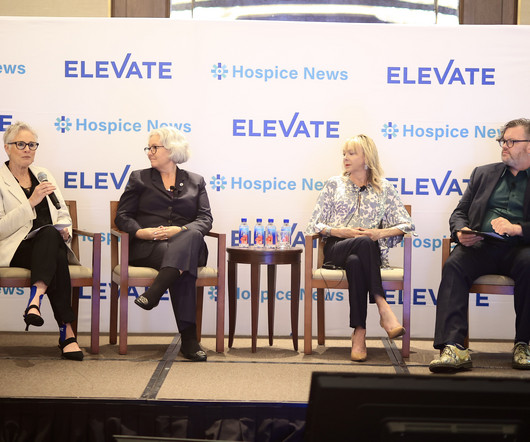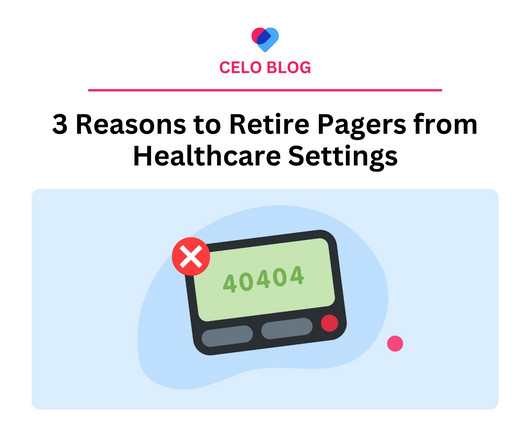Acadian Health’s Benjamin Swig: A Path to Reducing Hospice Revocations
Hospice News
OCTOBER 12, 2023
Caregivers can be a key to reducing hospice revocations and the associated emergency department costs, according to Benjamin Swig, director of Acadian Health. The trouble is that many hospices lack the staff they need to build relationships with family caregivers further upstream in a patient’s illness trajectory, leaving them with fewer insights around their health care options, Swig stated.





















Let's personalize your content